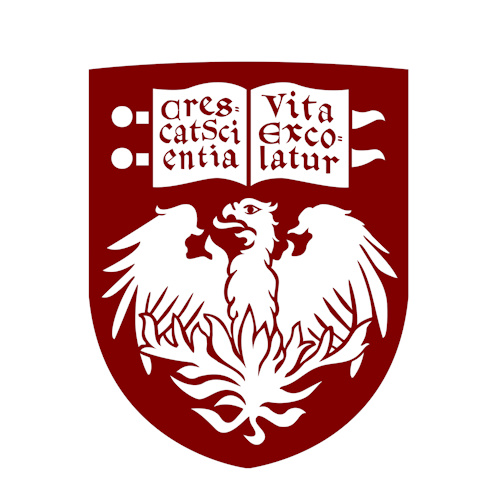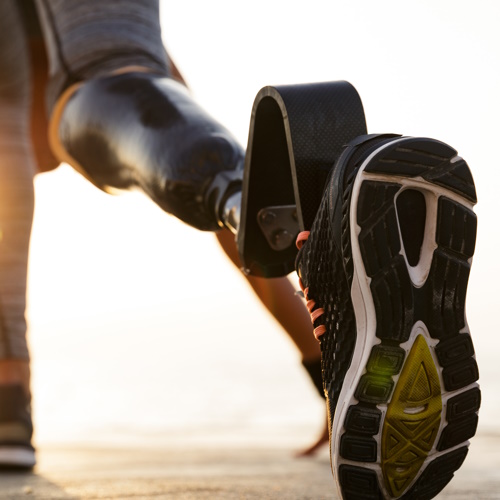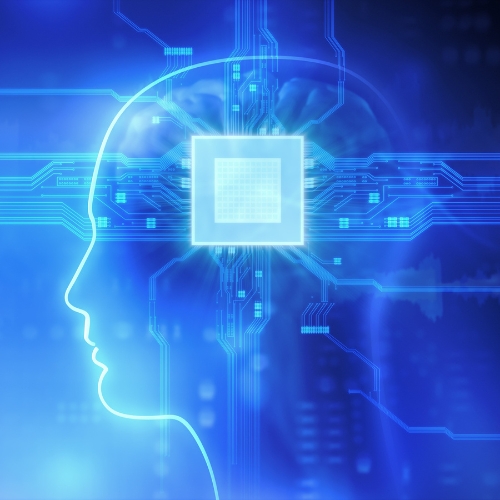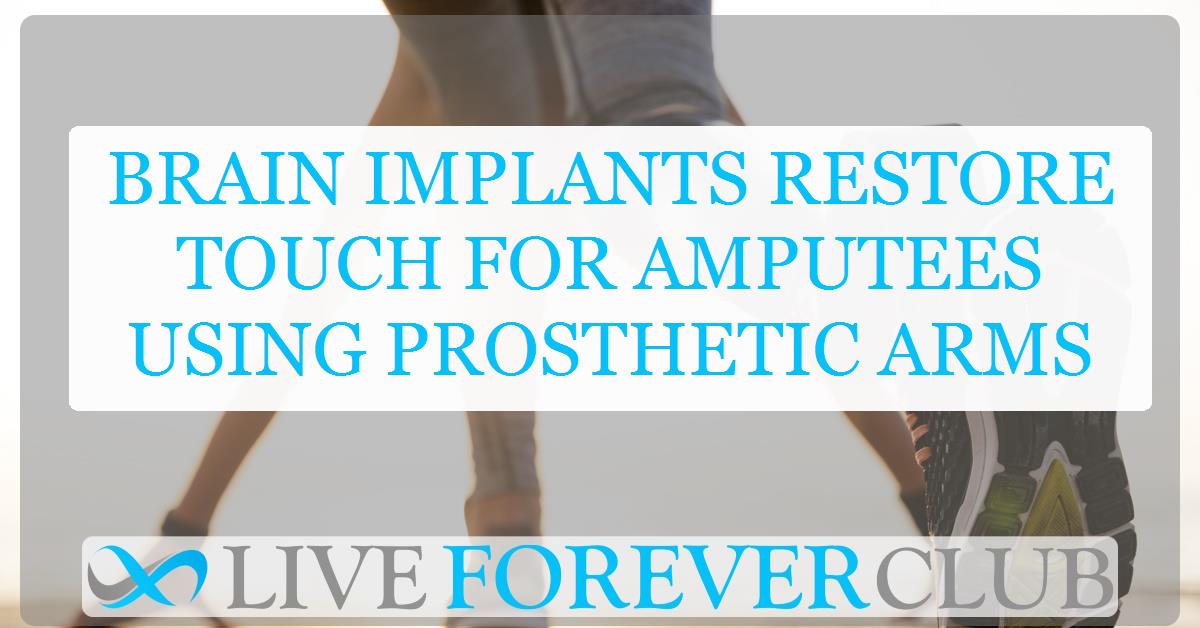Key points from article :
Scientists from the University of Chicago and other institutions have advanced neural prosthesis technology to restore a sense of touch for amputees, improving autonomy and quality of life. Their work uses brain-computer interfaces (BCIs) with implanted electrodes in sensory and motor brain regions to control prosthetic limbs and relay tactile sensations. Early efforts produced weak, basic feedback, but recent studies published in Nature Biomedical Engineering achieved consistent, localized, and practical tactile responses by stimulating multiple electrodes simultaneously.
Participants reported precise sensations mapped to specific hand regions, which remained consistent over years, enabling greater trust in prosthetic devices for everyday tasks. Led by researchers like Sliman Bensmaia and Giacomo Valle, the team also developed methods to simulate dynamic sensations, such as gliding touch, allowing users to identify shapes and textures or stabilize objects, like steering wheels, through intuitive adjustments.
Future enhancements in electrode design and surgical techniques aim to refine these sensations further. Integrating these advancements into robotic systems has already shown improved motor control, marking a significant step in merging artificial touch with natural movement.






